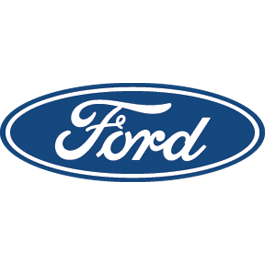On the Road to Greater Water Savings With Smart Technology

Insight
When it comes to water management, Ford Motor Company has pulled ahead. The company has reduced water use by more than 10 billion gallons since 2000 and is aiming for an additional 30 percent reduction per vehicle from 2015 to 2020. Its long-term ambition: zero drinkable water use in manufacturing.
To enhance efficiency and cut water consumption at its Chicago assembly plant, Ford worked with Nalco Water.
Ford Motor Company has reduced water use by more than 10 billion gallons since 2000 and is aiming for an additional 30 percent reduction per vehicle from 2015 to 2020.
Innovation
The partnership focused on two areas that are heavily dependent on water:
- Cooling towers, which consume large quantities of water and have operational challenges such as scaling, corrosion, fouling and biological growth — all of which impact water usage, performance and costs.
- Pre-treatment baths, where metal is treated before it is painted — a process that also consumes a lot of water. To improve efficiency, Ford wanted to continuously monitor water overflow when the baths were refilled.
Nalco Water implemented two projects to help the plant use water more efficiently:
- 3D TRASAR™ Technology a digital “connected chemistries” solution, was installed to optimize cooling tower performance and reduce water use. The system is continuously monitored by the Ecolab Global Intelligence Center, which provides real-time resolution of problems — preventing significant water loss.
- Real-time visibility to water flow data plus instant alerts regarding flow-related issues helps ensure water savings and process efficiency in automotive pretreatment baths. Previously, problem identification and resolution could take days or even months.
Circular water strategies (reuse and recycling of water) also are playing an important role in the plant’s future water management strategy. Nalco Water is working with Ford to implement technology that will potentially lead to a significant reduction in water use by recycling phosphate rinse water. The plant is developing processes to enable reuse of a portion of the pre-treatment process water, which will greatly reduce the need to tap into the municipal water supply.
Annual Savings
WATER
Reduced freshwater use by
23 million
gallons in four months - equivalent to the annual drinking water needs of more than
79,000 people
Potential to save an additional
55 million
gallons per year through recycling phosphate rinse water
COSTS
Savings from reduced water use - equivalent to more than
$186,000
per year
Potential to save an additional
$481,000
through recycling phosphate rinse water
Total Cost Savings
$186
Thousand
Annually
Related Stories
Visitors who viewed this story also viewed


